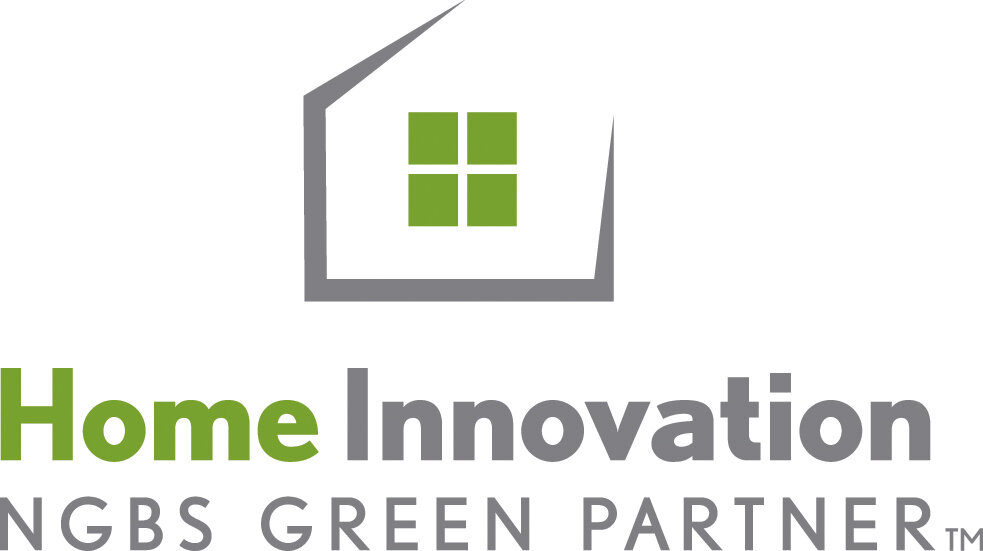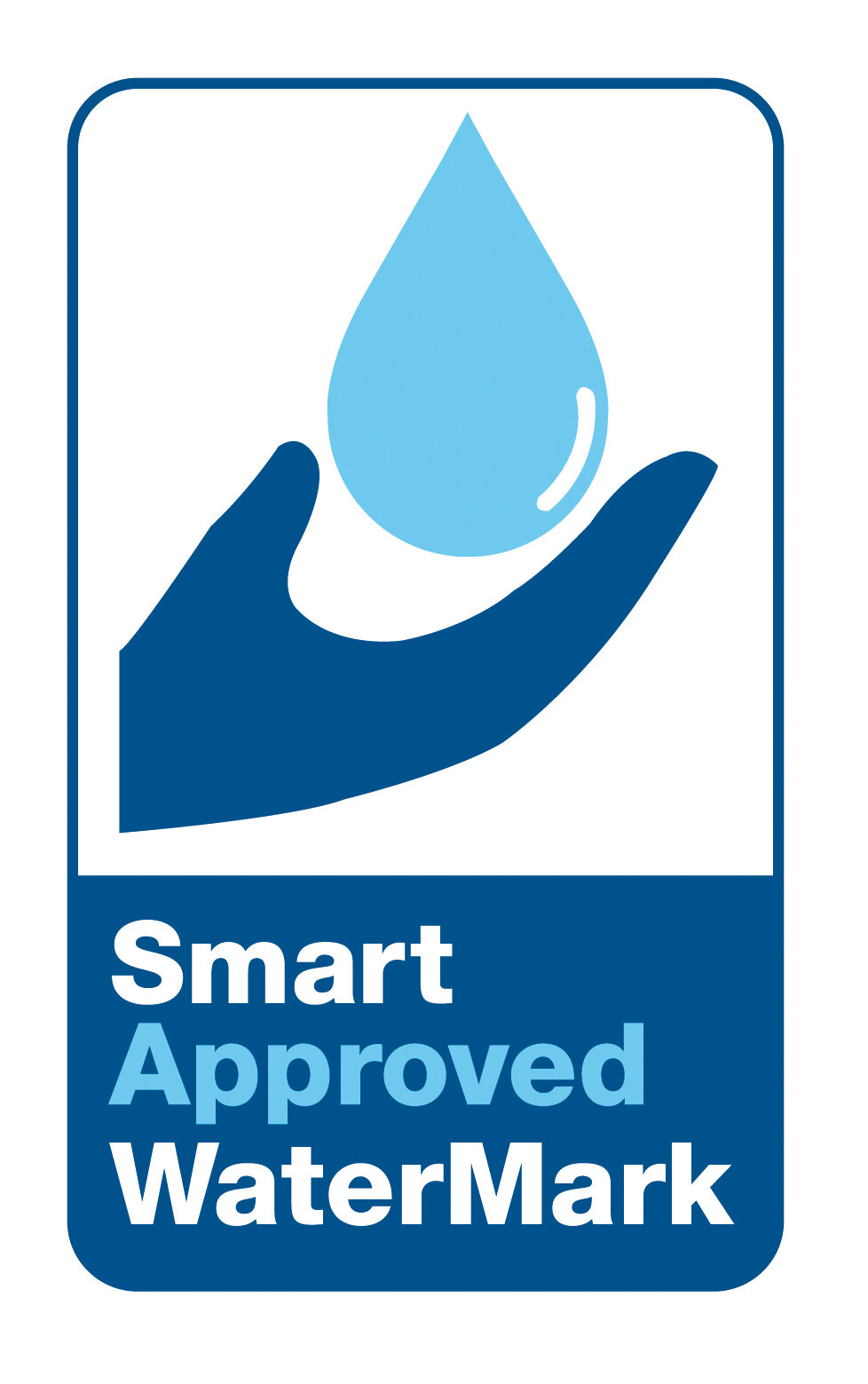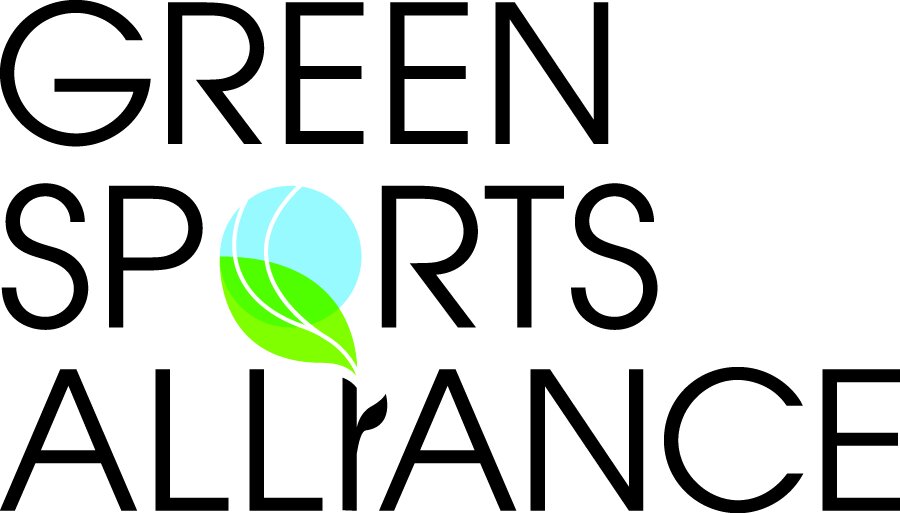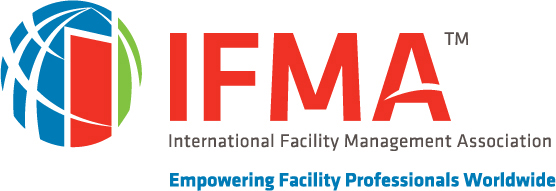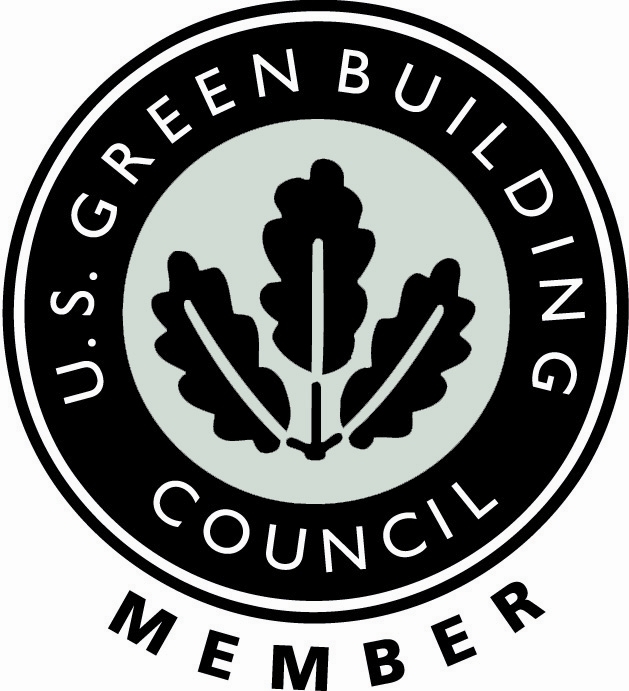An Ornate Toilet in a Centuries Old Water Closet
🚾What is a Water Closet?
The water closet, often abbreviated as WC, is a historical marvel that dates to the 16th century. It marks a significant milestone in the evolution of bathroom sanitation, guiding us from the days of outdoor outhouses to the comfort of indoor plumbing systems that we enjoy today.
Initially, only the rich or royalty had them, and they were often very ornate. The first known water closet in the U.S. was in Annapolis, Maryland, installed in a home called Whitehall, built for the colonial governor of Maryland around 1765.
In 1804, Thomas Jefferson installed two water closets flushed by water-fed cisterns in the White House. By the way, this was thirty years before water for drinking and bathing was installed in the White House.
Today, things are a lot different. Many of us have water closets in our homes, usually a separate room off the bathroom, even though we may not call them water closets.
🏭Why Do Plumbing Systems Have Air Vents on the Roof?
That air vent on the roof, better known as a vent stack, is a vertical pipe to which all drains in a facility are connected. The top portion extends about two feet above the roof to have access to air.
Vent stacks are connected to sewer pipes and are designed to release gases that accumulate inside the entire plumbing system. They also allow fresh air into the system, which helps water flow easily through the drainpipes.
Vent stacks, however, can malfunction over time. Typically, this happens when debris collects in the vent. You'll know there is a problem when foul odors develop in the home or facility, and you can't find the source.
Another sign of a problem is when it takes a long time for water to drain. Our first thought is usually that the pipes below the drain are clogged. However, the clog is not in the pipe but in the vent stack. Clean the vent stack, and the slow-draining problem is solved.
♨Why do J-Traps Dry Out?
J-traps, also known as P-traps, are essential components in plumbing systems. They are designed to trap a small amount of water in the pipe – known as a water seal - to prevent sewer gases from entering the home or facility.
They are typically dependable but can dry out under certain conditions, such as infrequent use or arid environments. When this happens, they release unpleasant and potentially health-risking fumes and odors. These fumes can include methane and hydrogen sulfide, which can be harmful to people and pets if inhaled in large quantities.
Regular use of sinks and drains usually maintains the necessary water seal, but less frequent use may require additional measures.
Pouring water down the drain is a temporary fix, as evaporation, over time, will evaporate the water seal. Decades ago, a myth developed that pouring bleach down the drain would fix the problem. Now, we know this is very dangerous due to bleach's chemical properties and its potential to create hazardous fumes when mixed with sewer gases.
Fortunately, products like Everprime offer a safe and convenient solution. Everprime is a biodegradable liquid that maintains the water seal for extended periods, even in extreme climate conditions and when drains are used infrequently. Three ounces of Everprime poured down all drains provides a sense of security, ensuring the functionality of J-traps, and helping to maintain a pleasant, healthy, and odor-free indoor environment.
#Waterless Co., Inc is a #pioneer in #waterefficiency. We are the go-to company when it comes to reducing #waterconsumption, understanding the many benefits of waterless urinals, and #waterefficiently. For more information, contact a Waterless Co Specialist.













